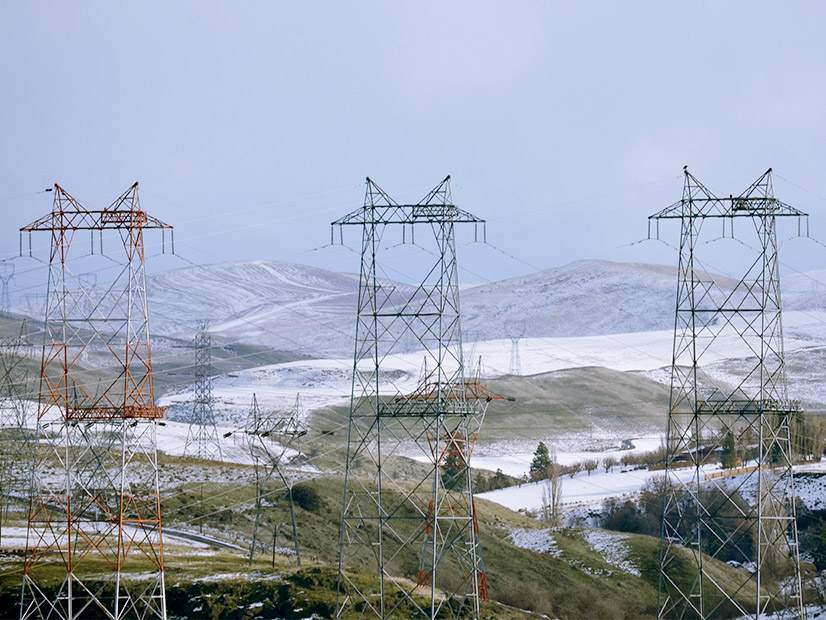FERC last week approved the Bonneville Power Administration’s proposed 2022 wholesale power and transmission rates — a formality by the commission that carries little weight under federal law.
Under the Northwest Power Act, FERC’s review of BPA’s proposed rates is limited to determining whether the rates:
- are sufficient to assure repayment of federal investment in the Federal Columbia River Power System over a “reasonable” number of years after meeting BPA’s costs;
- are based on BPA’s total system costs; and
- equitably distribute the costs of the federal transmission system between federal and non-federal generation.
Unlike its jurisdictional authority over public utilities under the Federal Power Act, FERC does not hold authority to modify BPA’s proposed rates, which are developed by BPA’s federally appointed administrator and then submitted to the commission for approval or disapproval.
“In this regard, the commission’s role can be viewed as an appellate one: to affirm or remand the rates submitted to it for review,” FERC noted in its order Thursday (EF21-3).
Under its rate proposals, BPA estimated that the filed rates will produce average annual power revenues of $2.774 billion and annual transmission and ancillary services revenues of $1.151 billion, sufficient to recover its costs for the 2021-23 rate approval period while also providing 95% probability that it can make all required payments to the U.S. Treasury Department on time.
“The traditional measure of the adequacy of Bonneville’s revenues has been the power repayment study,” the commission wrote. “Bonneville’s generation and transmission repayment studies indicate that the revenues expected to be collected under the proposed rates will be sufficient to recover the total system costs, including the recovery of the remaining federal investment, with interest, over the repayment period.”
The commission’s order also rejected a joint protest by the Idaho Conservation League, Great Old Broads for Wilderness and Idaho Rivers United, who argued that BPA has not met its statutory obligation to “protect, mitigate, and enhance fish and wildlife” affected by the federal hydropower system or demonstrate “equitable treatment” for fish and wildlife overall.
The protesters contended that the Northwest Power Act requires that BPA’s funding decisions be subject to an “equitable treatment” mandate and that the agency must take the Northwest Power and Conservation Council’s fish and wildlife program into account “to the fullest extent practicable” when setting funding levels for fish and wildlife mitigation. BPA’s failure to re-evaluate its fish and wildlife funding in the rate case represented a violation of the Northwest Power Act and Administrative Procedure Act, the protesters said.
In dismissing the protest, the commission agreed with BPA that the protesters’ arguments fell outside FERC’s limited jurisdiction over BPA’s rates under the Northwest Power Act.
“We agree with Bonneville that the commission’s review of Bonneville’s power and transmission rates is limited by Section 7(a)(2) of the Northwest Power Act,” the commission said. “Bonneville’s compliance with its environmental review and fish and wildlife protection obligations is thus outside the scope of the commission’s review under Section 7(a)(2). Because our review is limited to the relevant provisions of the Northwest Power Act, we do not address the joint protesters’ allegation that Bonneville has violated the Administrative Procedure Act.”



